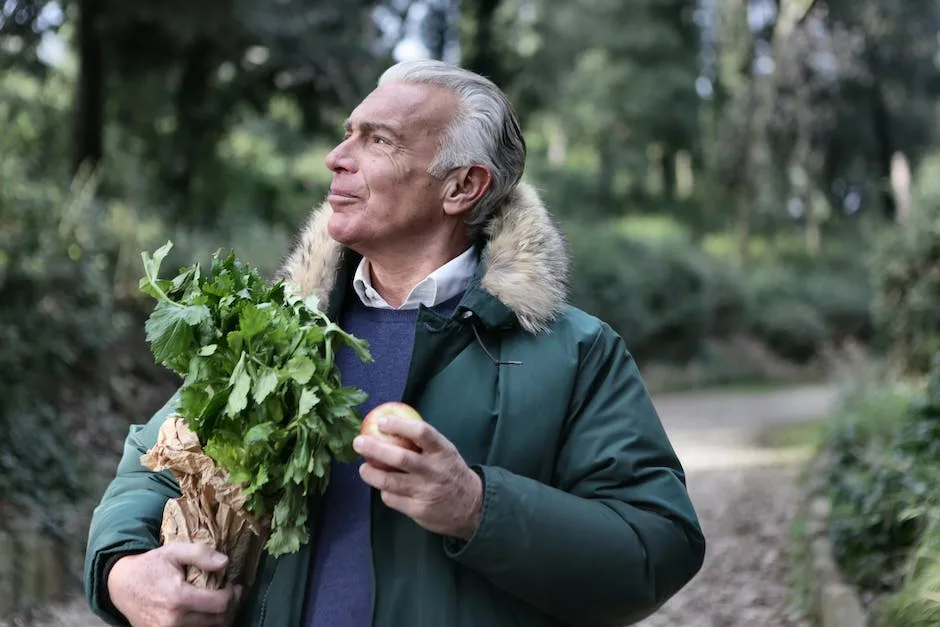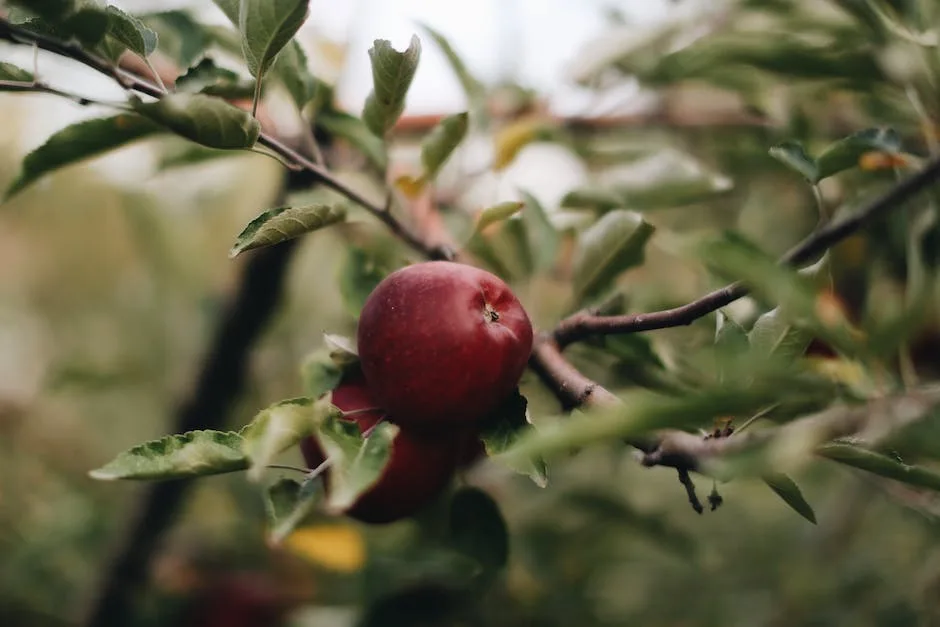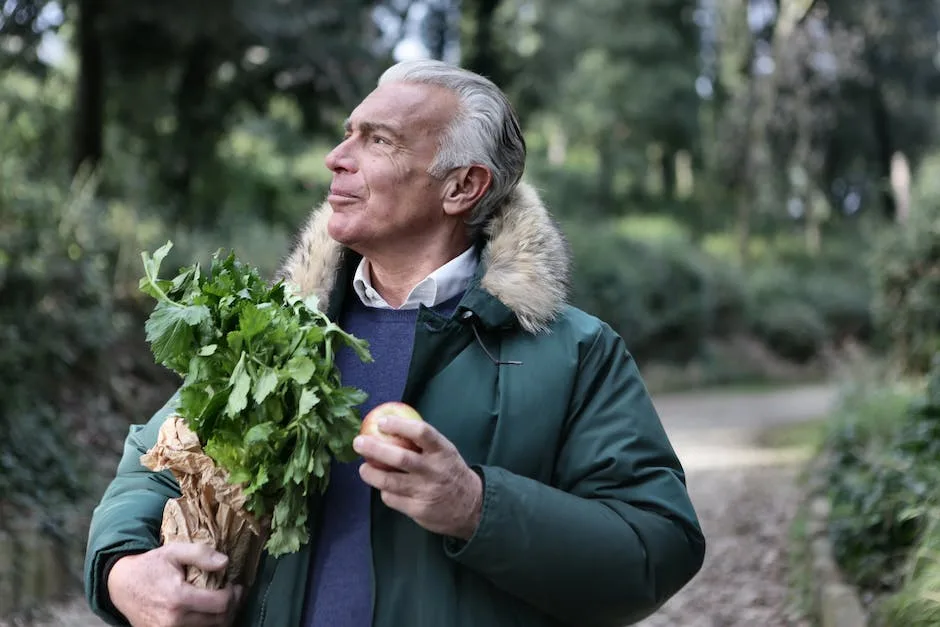Apple trees (Malus domestica) are a prized fruit tree for many home gardeners. With crisp, sweet fruits that can be eaten fresh or used in cooking, apple trees are a versatile addition to any landscape. While most apple trees are not poisonous, there are a few varieties that produce fruits that are not suitable for consumption.
No, all apple trees are not edible. Some apple trees are poisonous, and others are not as palatable as others.
Are there poisonous apple trees?
Manchineel is one of the most toxic trees in the world. The tree has milky-white sap which contains numerous toxins and can cause blistering.
The tree looks harmless enough, with its small greenish-yellow apples, but every part of it is incredibly poisonous. The sap, leaves, and fruit contain phorbol, a cancer-causing compound, and the smoke from burning the tree’s wood can cause blindness. Even standing under the tree during a rainstorm can be dangerous, as the drops of water falling through the poisonous sap can cause blistering.
How can you tell if an apple is edible
The best way to tell if an apple is ripe is to taste it. If it is sweet and juicy, it is ready to be picked. Another indication that apples are ready to pick is that there are a few windfalls on the ground. Ripe fruits should have swelled to a good size and started to colour up.
A common misconception is that crab apples are toxic. This is not the case, as long as you don’t eat the core and seeds, just like with bigger apples, they’re perfectly edible. A good rule of thumb is that if the fruit is less than 2 inches (5 cm) in diameter, it’s considered a crab apple.
Are wild apple trees edible?
Yes, both types of wild apple trees are edible. However, the cultivated tree descendent will likely produce larger, sweeter fruit. The fruit of a wild tree will be small and sour, yet very attractive to wildlife.
Wild apples are a great food source and can be made into a delicious applesauce. Here are some tips for foraging for and using these fruits:
1. Look for apple trees in areas that are not sprayed with pesticides.
2. Gather the apples that have fallen to the ground.
3. Rinse the apples thoroughly to remove any dirt or debris.
4. Peel and chop the apples and add them to a pot of water.
5. Cook the apples over low heat until they are soft.
6. Use a food processor or blender to puree the apples into a smooth sauce.
7. Enjoy your homemade applesauce!
Can humans eat deer apples?
It’s great that stores are selling less-than-perfect apples at a discounted price! It’s a win for the store (they get to unload some apples that might otherwise go to waste) and for the consumer (they get a cheap, nutritious snack). Hopefully this trend catches on!
If an apple is soft or shows other physical signs of expiration, it is best to discard it. Apples that have gone bad should be discarded.
Why apple are not eaten at night
One potential downside of eating apples before bed is that it may increase your susceptibility to obesity and cardiometabolic diseases. This is because when you eat late at night, your body has a harder time digesting and metabolizing the food. This can lead to weight gain and increased risks for diseases like diabetes, high blood pressure, and high cholesterol. So if you’re looking to maintain a healthy weight and avoid those health risks, it’s best to avoid eating apples (or any other snacks) before bed.
If you have an apple tree in your yard, and you’re not sure what variety of apple it is, the best way to find out is to look for documentation. This could be a plant label, receipt, letter, or journal entry from the person who planted the tree. If you can’t find any documentation, you can try contacting the nursery or gardening store where the tree was purchased.
How do you tell if a tree is an apple tree?
An apple tree is a type of tree that grows apples. Apple trees have a semi-broad trunk with wide, spreading branches. Dwarf apple trees range from 10 feet tall and up, while standard trees can grow over to 20 feet without pruning. Many apple trees have spurs, thorn like growths along their branches.
This is a description of wild apples. Their flowers have five petals and are white or pink (sometimes red) and their fruits reddish or yellowish. The center of the fruit has five carpels arranged in a star-like pattern, each one containing 1-2 seeds. Most wild apples look enough like domestic apples that the survivor can easily recognize them.
Why don t people eat crab apples
A crab apple’s flesh is perfectly safe for people to eat but, like other apples, the seeds contain a toxic compound that can turn into cyanide when eaten. Therefore, it is important to remove the seeds before eating crab apples.
There are over 7,500 cultivars of the culinary or eating apple (Malus domestica) known to exist. This high number of cultivars is due to the fact that the apple is one of the oldest cultivated species in the world, with a long history of breeding and selection. The apple is also a very versatile fruit, able to be used in a wide variety of dishes and recipes.
What is the difference between apple and wild apple?
Wild apples are relatively small compared to regular apples. They also tend to have a sour or bitter taste.
Apple trees are not native to North America. They were first brought here by the colonists in the 1700s.
Are there any poisonous apple lookalikes
The manchineel fruit resembles a small green apple, but the tree’s power to harm humans extends further than its fruit. The tree produces a sap that is toxic to humans, and can cause skin irritation, blindness, and even death. The tree is also known to produce a smoke that can be lethal to humans. The manchineel tree is native to the Caribbean, and is found on many of the islands in the region.
Solanum aculeastrum, commonly known as soda apple, sodaapple nightshade, goat apple, poison apple, or more ambiguously as “bitter-apple”, is a poisonous nightshade species from Africa and not related to true apples. All parts of the plant are poisonous, and it can cause severe illness or death if ingested. If you suspect that someone has eaten any part of this plant, seek medical attention immediately.
Are unripe apples toxic
If you’re ever in doubt about whether a fruit is safe to eat when unripe, remember this list! Plums, apples, grapes, papayas, and bananas are all fruits that you can feel confident about eating before they’re ripened to perfection.
Feeding deer is a controversial topic because it can impact the local ecosystem. Some argue that supplemental feeding can help deer populations, while others believe that it can lead to problems such as overcrowding, disease, and predators. At present, 22 states have partial or total bans on feeding or baiting deer. However, in Texas, deer may be fed year- round.
Warp Up
No, all apple trees are not edible. Some apple trees are poisonous and can cause illness or death if consumed.
Though all apple trees are not edible, the fruit that they bear is. Apple trees are a common sight in many places and their fruit is a popular food. The apple tree is also used in many cider recipes. It is a shame to waste such a useful tree, so if you have an apple tree on your property, you should definitely consider eating its fruit.
I’ve always been drawn to trees.
As a kid, I spent most of my free time outside, climbing, exploring, and trying to figure out the names of the trees around me.
That early curiosity eventually led me to study arboriculture and horticulture at Michigan State.
Later, I completed a degree in forestry at the University of Michigan.
I’ve been working in tree care and education ever since.
These days, I enjoy helping people learn more about the trees in their own backyards.
How they grow, how to care for them, and why they matter.
You don’t need to be an expert to appreciate trees.
A little curiosity goes a long way.
